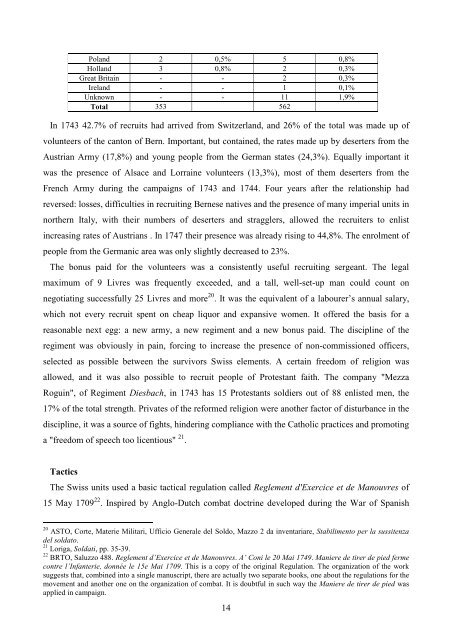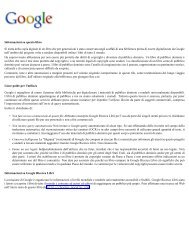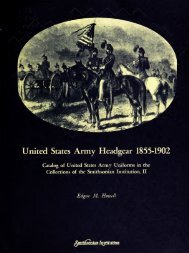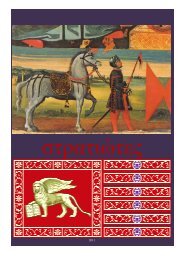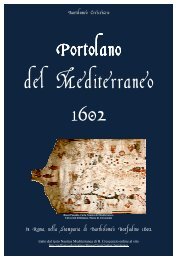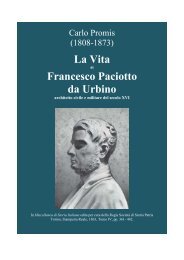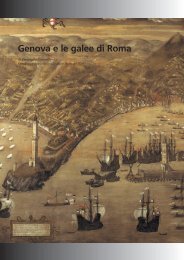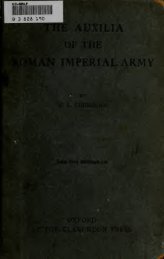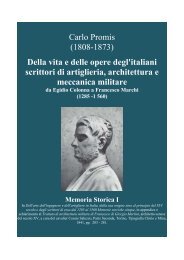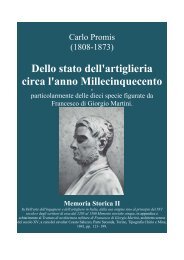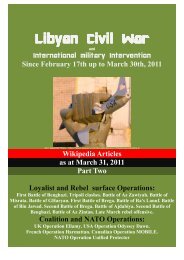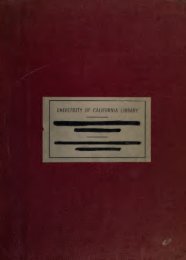Cerino-Badone, Swiss Regiments - Libreria Militare Ares
Cerino-Badone, Swiss Regiments - Libreria Militare Ares
Cerino-Badone, Swiss Regiments - Libreria Militare Ares
- No tags were found...
Create successful ePaper yourself
Turn your PDF publications into a flip-book with our unique Google optimized e-Paper software.
Poland 2 0,5% 5 0,8%<br />
Holland 3 0,8% 2 0,3%<br />
Great Britain - - 2 0,3%<br />
Ireland - - 1 0,1%<br />
Unknown - - 11 1,9%<br />
Total 353 562<br />
In 1743 42.7% of recruits had arrived from Switzerland, and 26% of the total was made up of<br />
volunteers of the canton of Bern. Important, but contained, the rates made up by deserters from the<br />
Austrian Army (17,8%) and young people from the German states (24,3%). Equally important it<br />
was the presence of Alsace and Lorraine volunteers (13,3%), most of them deserters from the<br />
French Army during the campaigns of 1743 and 1744. Four years after the relationship had<br />
reversed: losses, difficulties in recruiting Bernese natives and the presence of many imperial units in<br />
northern Italy, with their numbers of deserters and stragglers, allowed the recruiters to enlist<br />
increasing rates of Austrians . In 1747 their presence was already rising to 44,8%. The enrolment of<br />
people from the Germanic area was only slightly decreased to 23%.<br />
The bonus paid for the volunteers was a consistently useful recruiting sergeant. The legal<br />
maximum of 9 Livres was frequently exceeded, and a tall, well-set-up man could count on<br />
negotiating successfully 25 Livres and more 20 . It was the equivalent of a labourer’s annual salary,<br />
which not every recruit spent on cheap liquor and expansive women. It offered the basis for a<br />
reasonable next egg: a new army, a new regiment and a new bonus paid. The discipline of the<br />
regiment was obviously in pain, forcing to increase the presence of non-commissioned officers,<br />
selected as possible between the survivors <strong>Swiss</strong> elements. A certain freedom of religion was<br />
allowed, and it was also possible to recruit people of Protestant faith. The company "Mezza<br />
Roguin", of Regiment Diesbach, in 1743 has 15 Protestants soldiers out of 88 enlisted men, the<br />
17% of the total strength. Privates of the reformed religion were another factor of disturbance in the<br />
discipline, it was a source of fights, hindering compliance with the Catholic practices and promoting<br />
a "freedom of speech too licentious" 21 .<br />
Tactics<br />
The <strong>Swiss</strong> units used a basic tactical regulation called Reglement d'Exercice et de Manouvres of<br />
15 May 1709 22 . Inspired by Anglo-Dutch combat doctrine developed during the War of Spanish<br />
20 ASTO, Corte, Materie Militari, Ufficio Generale del Soldo, Mazzo 2 da inventariare, Stabilimento per la sussitenza<br />
del soldato.<br />
21 Loriga, Soldati, pp. 35-39.<br />
22 BRTO, Saluzzo 488. Reglement d’Exercice et de Manouvres. A’ Coni le 20 Mai 1749. Maniere de tirer de pied ferme<br />
contre l’Infanterie, donnée le 15e Mai 1709. This is a copy of the original Regulation. The organization of the work<br />
suggests that, combined into a single manuscript, there are actually two separate books, one about the regulations for the<br />
movement and another one on the organization of combat. It is doubtful in such way the Maniere de tirer de pied was<br />
applied in campaign.<br />
14


